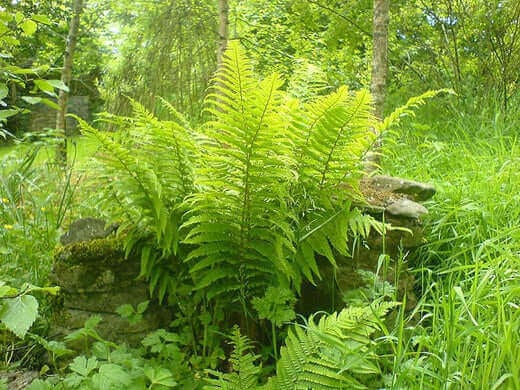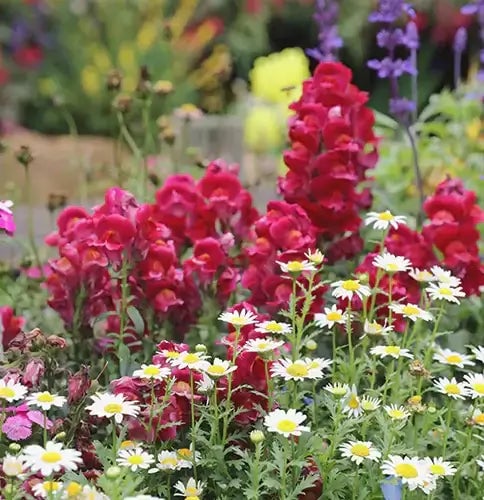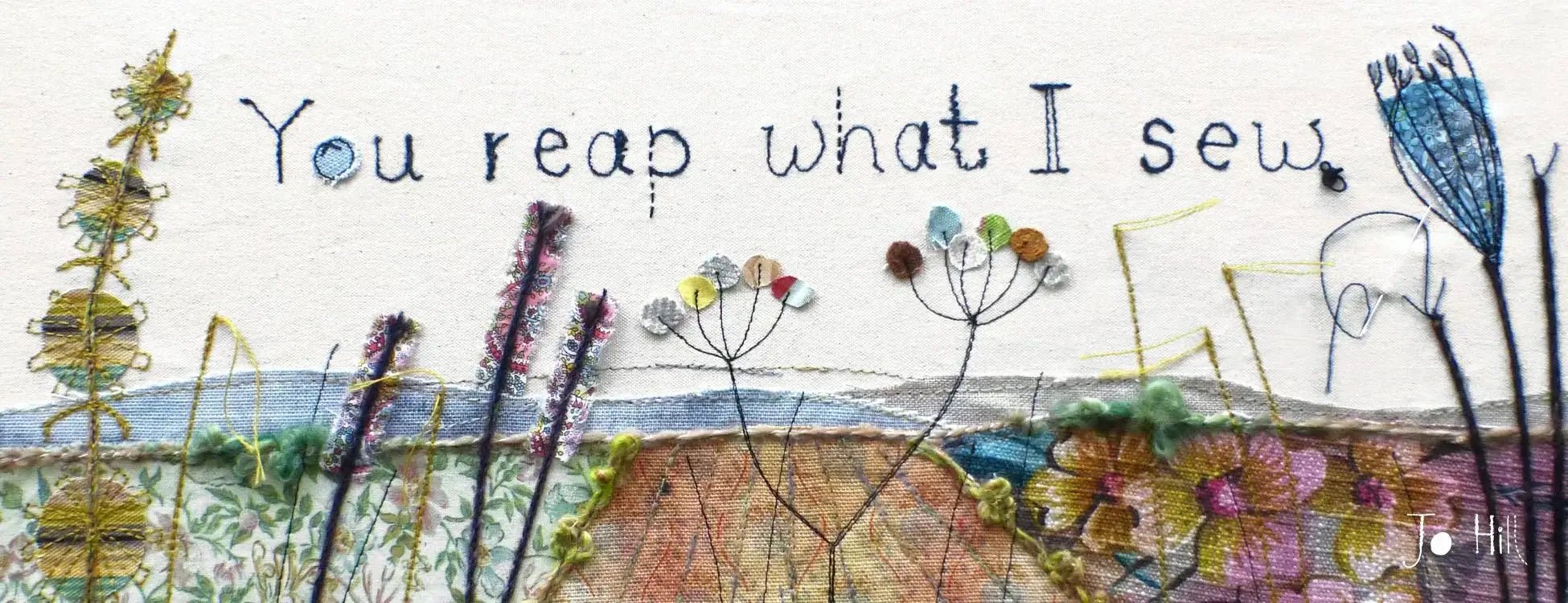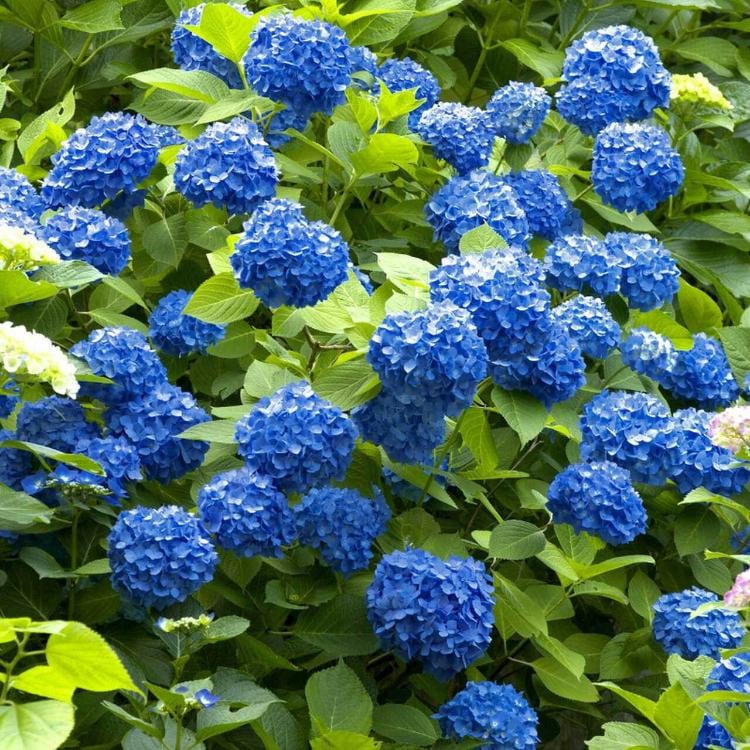You Can Use Your Imagination When You Are Landscaping On A Budget
You can create a beautiful flower garden, water garden, or beautiful lawn on a budget without spending a lot of money doing it. You will need to research and ensure that you are getting the best possible deals. One great way to save on plants and trees is to order from an online plant and tree nursery. They are usually lower than your local home and garden center, and you will get great shipping prices.
Plan How Many Plants And Trees You Need To Buy
Also, you do not need to wait until you are ready to buy everything. You can buy a little bit at a time, and when you are ready to landscape, you will be surprised at what you have left to purchase. Sometimes it is better to pay a little bit more for quality also. This way, you will not replace plants and trees the following year. You can also get a lot of your items during the off-season. You will get better and cheaper prices on your lumber or other things you may need. Also, watch for plant sales and check the online websites for plants and tree sales that may be going on during the off months.
Creating a unique landscape is a personal journey that lets you showcase your style, lifestyle, and creativity alongside the wonders of nature. With careful design, your outdoor space can transform into a peaceful oasis, a lively gathering spot, or even a striking work of art. The secret lies in thoughtful planning, selecting the right plants, and harmonizing natural features with architectural elements.
Begin by envisioning how you'd like to interact with your landscape. Do you need a calming garden for solitude, a bustling area for hosting friends, or a lush space that nurtures local wildlife? Clarifying your purpose will guide your design choices and align your vision with your objectives. For instance, choosing plants that attract pollinators can foster a lively habitat, while a mix of ornamental grasses and flowering perennials can create a stunning, low-maintenance yard.
Creating Your Unique Landscape
The real magic happens with plant selection. Opt for various textures, colors, and heights to add depth and visual interest. A backdrop of tall trees or shrubs offers structure while cascading vines and bright blooms introduce layers of beauty. Consider seasonal changes as well-creating a landscape that captivates year-round means incorporating evergreens for winter, spring bulbs, summer foliage, and vibrant autumn colors.
Add hardscaping elements like pathways, water features, or seating areas to enhance the natural ambiance. Natural stone, rustic wood, or sleek concrete can help delineate spaces while boosting aesthetic appeal. A winding path encourages exploration, a soothing fountain adds serenity, and careful lighting can extend your evenings outdoors.
To make your landscape truly yours, add personal touches. A quirky sculpture nestled among the flowers or a vegetable patch in raised wooden beds reflects your passions. Using repurposed items, such as an old wheelbarrow for planting or vintage gates, can infuse character and originality.
Sustainability is another crucial aspect to consider. Utilizing native plants that thrive in your climate reduces the need for water and maintenance. Components like rain gardens and absorbent paving help manage stormwater while mulching and composting enhance soil health. These sustainable choices benefit the environment and increase the resilience of your space.
Lastly, remember to practice patience. Landscaping is an evolving process, and plants change over time. Observing a young tree grow into a majestic presence or watching a flower bed flourish brings immense gratification. By merging your vision with conscientious choices, you'll create a distinctive landscape that flourishes and captivates for years.
How to Combine Plants and Patterns for a Truly Unique Landscape
A distinctive landscape emerges from comprehending plant collaboration to develop a unified and visually engaging area. The selection of plants in your garden sets the texture and color tone while creating an atmosphere that enhances its overall harmony and visual appeal. The strategic choice of diverse plants and their dynamic placement enables you to create an aesthetically appealing outdoor space that reflects your taste while growing harmoniously with local conditions. Several key factors and design patterns should be investigated to develop an exceptional landscape.
Before choosing plants for your garden, consider their intended functional role. Tall ornamental grasses like Miscanthus and Pampas Grass create a visual screen that moves gently in the breeze and serves as an excellent privacy solution. Flowering cherry trees and Japanese maples bring vertical dynamics to landscapes, serving as shade providers and design anchors. Creeping thyme and sweet alyssum ground covers serve to unify the space through their ability to fill empty spots with vibrant color and varied texture. After selecting the necessary plant types, strategically plan their placement to ensure seasonal visual appeal.
Landscape designers can create lively outdoor spaces by incorporating a variety of textures and colors. Create visual interest by combining feathery grasses, bold-leaved hostas, delicate ferns, and colorful flowering perennials. The differences in texture between plants create distinct visual separation regardless of muted color schemes. The combination of elephant ear plant leaves and delicate foliage from dill, fennel, and ornamental grasses creates a visually stunning tapestry. Your garden will feel energetic when you combine purple salvias with yellow marigolds or bright red geraniums alongside silvery artemisia through color contrast. Select plants with year-round color appeal for cooler climates, such as evergreens for winter aesthetics and sedums, which retain their decorative seed heads during colder seasons.
Repetitive patterns function as a decisive element in design. Repeating identical plants throughout a garden creates a harmonious design that provides structure and continuous flow. Lavender drifts at spaced intervals develop connections between landscape segments while leading viewers along a path. You can establish a visual rhythm through your personal design by repeating shapes, such as mound forms or spiky silhouettes. A garden can achieve a unified appearance through color patterns by consistently placing bright orange flowers like daylilies or zinnias throughout the area. The key goal is to identify one or two elements that serve as the entire landscape's connecting thread.
Symmetry can create impactful garden patterns. Flanking a walkway with identical plant groupings instantly creates an orderly and elegant appearance. A garden path can be formal and elegant by lining it with two rows of boxwood balls on each side. Accent plants such as standard roses or small-shaped conifers can be interspersed throughout the space to maintain symmetry and enhance the refined appearance. Smaller urban spaces demonstrate striking symmetry when bold repetition is used to organize seating areas and entrances in an architectural style.
Plant your garden in irregular organic groupings to achieve a free-flowing cottage garden look. The priority becomes blending foliage textures and colors seamlessly. Create a seamless transition between plant types by grouping them in strips or bands where pink coneflowers merge into white daisies, which lead to lavender catmint and soft green foliage. These natural-looking scenes appear like nature designed the space with abundant overlapping flowers and wandering paths. Design an organic garden by removing structured lines and permitting plants to grow together freely while incorporating consistent colors or shapes to maintain spatial unity.
Another approach is layering. While layering works well in expansive landscapes, it is possible to use this technique in limited spaces by incorporating vertical surfaces or raised beds. By placing the taller plants at the back and shorter plants in front of medium-height ones, you create a tiered arrangement highlighting each plant's optimal features. For background depth in a border, use tall ornamental grasses or shrubs to establish a neutral backdrop, and then enhance it with mid-height annuals or perennial plants featuring prominent flowers before using low ground cover or small plants to fill the foreground space. The layered layout technique expands visual space by adding depth to restricted areas.
Developing an exceptional plant-based landscape requires a harmonious relationship between visual design and practical utility. Reflect on the atmosphere you'd like to cultivate: serene, understated, exuberant, and colorful. Choose plant varieties that match your defined vision. Your garden can achieve functional effectiveness while captivating the eye through the combination of different textures, color contrasts, and deliberate patterns, including repeating motifs, symmetrical designs, naturalistic drifts, and tiered layers. Your garden will develop a distinct style that transforms it into a year-round haven through strategic plant choices and attention to patterns and balance.
Read more

A native plant grows naturally or has existed in a local region for many years. Ferns, flowers, trees, and other plants may be considered native to an area. Native plants are desirable due to their...

At TN Nursery, the plant prices are affordable, the shipping charges are minimal, the service is excellent, and I can do all my shopping in one location . I came home after hours spent shopping and...




